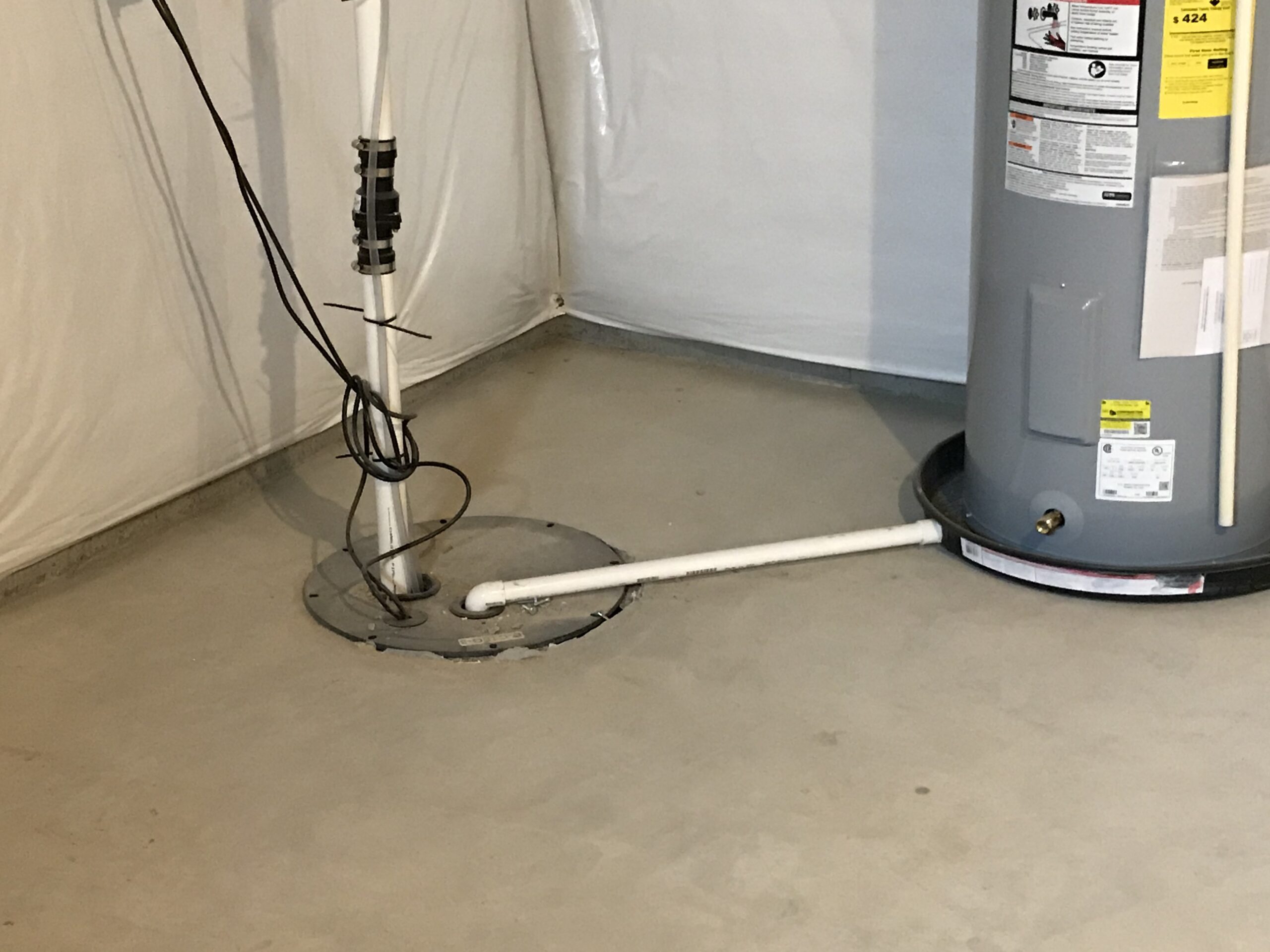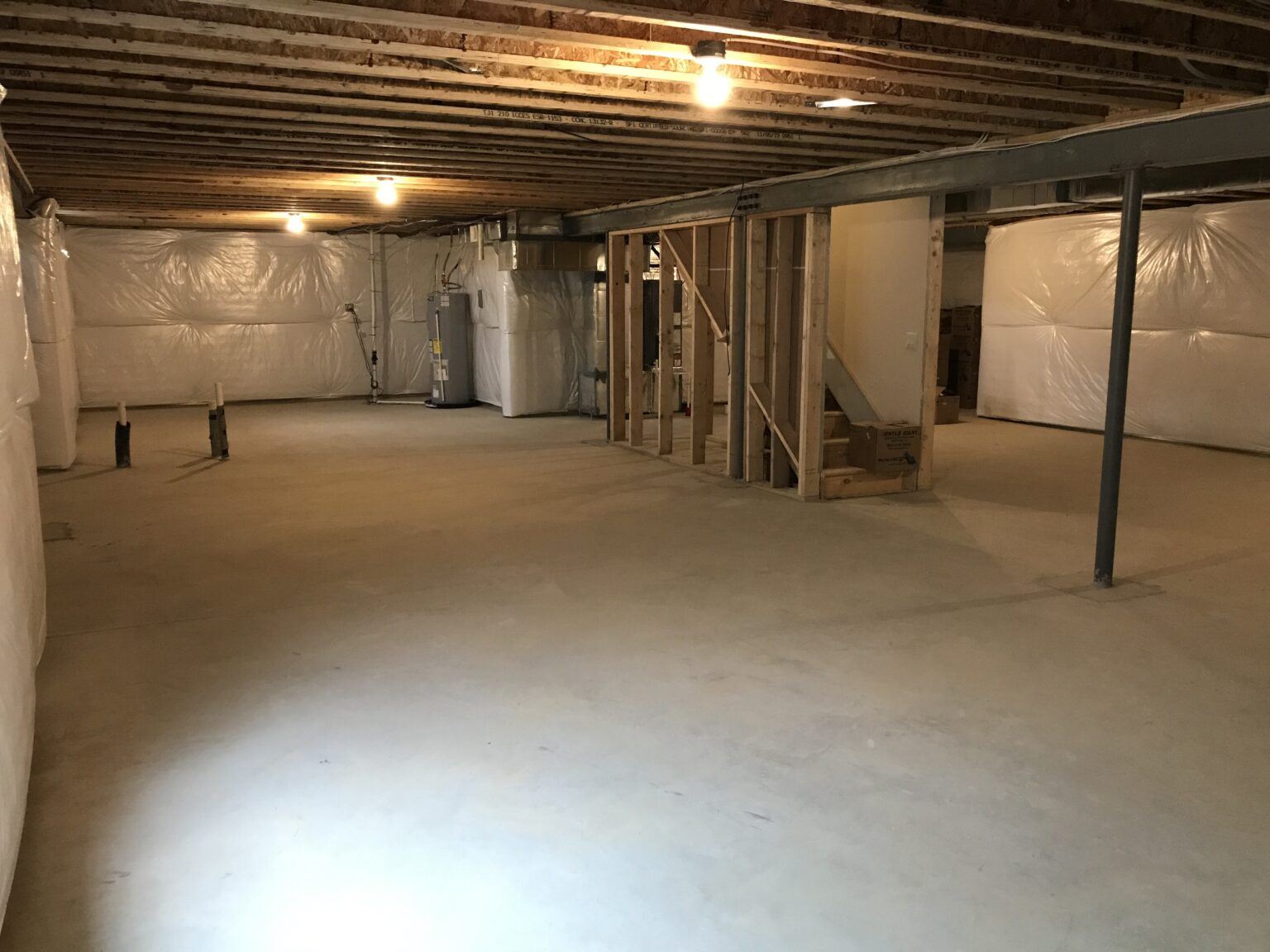A Sump Pump is one of the most useful devices for water damage prevention. Homeowners should maintain their sump pumps to avoid important hazards. The American Society of Home Inspectors estimates that 60 percent of U.S. basements have water issues, and most of them are kept under control using sump pumps.
When it comes to maintenance, it is essential to keep the pump clean, regularly check the power system for any damage, and test the pump to ensure it is doing its job correctly. Knowing how the pump works will help homeowners to recognize possible problems before irreversible damage occurs.
We used to have a recurrent problem with a sump pump when we lived in a condominium building in Los Angeles. Our garage for the whole building kept flooding in the winter because the sump pump was too slow to pump the water into the street. The problem was that in eight years that we lived there, no one did any maintenance to it.
Now that we have our new house in Lewes, I need to understand how a sump pump works and what I need to do to maintain it. I don’t want to have to go through the problems we faced when we lived in the condo.
As you know, I am not an expert on these topics, but I have researched it and asked some people who know about it. This post shows all that I have learned, and I am hoping that it is also useful for you.
Sump Pump Working Principle and Types
These pumps are used for collecting groundwater and pumping it away from the house, often into the storm drains. They are usually positioned in small sump holes located at the lowest part of the basement floor.
Depending on the model, sump pumps can remove hundreds (some even thousands) of gallons of water in an hour. Equally usable for rainy seasons, floods, or plumbing induced floods, these pumps can save you significant amounts of money that you would otherwise use for water damage repairs.
Two main types of sump pumps are:
- Submersible pumps – located in sump holes and continuously wet, these are the most common types of pumps. This is the type we have in our new house; it was also the type we had in the condominium building. Because of their location underground, they are harder and more costly to maintain. On the other hand, they are very quiet and suitable for finished basements.
- Pedestal pumps – positioned in a way that maintenance is easier; pedestal pumps are also cheaper and last longer. The downside is that they are very loud and that feature makes them undesirable for many homeowners.
I found the video below very helpful to understand what a sump pump is and how it works.
Power Supply and Battery Backup
The majority of sump pumps are equipped with alarm systems that notify the owner if water levels are high, which is a sign of possible malfunction. They also have batteries that charge when the main power system is on. Those batteries take over if the main power source becomes unavailable.
Some models don’t have it integrated, and they require a battery or to be installed. If that is a case with your pump, make sure you check those batteries regularly, charge them, or even replace them, if necessary.
This type of backup system is essential to ensure that the sump pump continues to operate effectively in the event the power goes out or a circuit breaker is tripped. It could take only minutes for your basement to get flooded if you have no backup system when the power goes out.
Make sure you read all the instructions that come with your sump pump. Main maintenance principles are the same, but some models may require specific actions to be taken.
Cleaning a Sump Pump
Cleaning your sump pump is a straightforward task that is not time-consuming. It should be done twice a year, ideally before and after seasonal rains. Regardless of the type of pump you have, they all require cleaning of the main parts. Follow the next steps to clean the pump correctly:
- ⚠️VERY IMPORTANT – Before you perform any maintenance on your pump, turn off the breaker and unplug the pump from the power source.
- Check the discharge pipe, clean it if necessary to enable steady water flow when the pump is working.
- If your pump is submersible, remove it from the hole.
- Clean the hole and the submersible pump
- Remove any dirt or sediment.
- If possible, detach the grate from the bottom part of your pump and clean it separately.
- Check and clean the inlet screen (ideally, this step should be done three times per year.)
- The float component has to be clean and able to move freely.
- Gently clean the vent hole.
- Read the manual to see if there is something specific about your sump pump model.
If you notice any damage on the pipe or connections, your pump should be repaired or replaced. In that case, you should contact a professional to do the job.
The video below demonstrates how to clean a sump pump.
Annual Maintenance and Testing
If your sump pump has external batteries as a backup system, check the batteries. Make sure they are fully charged and working. They should be replaced every two or three years, according to most manufacturers. Check their instructions about your model and accompanying battery.
Inspect the cord to the pump and make sure there is not excessive wear and tear.
The pump should be level and upright. Make sure the vibrations from the motor or the force of the water has not tilted the pump.
Testing your pump is equally important. To do that you will need a bucket of water. Pour the water into the sump pump hole. As the water level rises the float should rise too and activate the pump. These can be done when you clean the sump pump twice a year.
How Long do Pumps Last?
When it comes to durability, submersible pumps can last up to 15 years, but most of them should be replaced after 5-10 years. Pedestal pumps frequently last over 20 years, some even 30. Most of the manufacturers recommend replacement intervals. If you are not sure about it, ask for professional advice.
Frequent Problems and Warning Signs
- If the pump does not activate during testing, troubleshoot the power supply, float switch, and check valve. Those three are the most common reasons.
- If the pump does not turn on in general, the reason may be that the water levels are too low. Blown fuse or circuit breakers can also be the cause. If that does not help, clean the pump and check again.
- If water ends up draining back towards your house, you need to resolve that problem. Check the area where the water is supposed to go and make sure it goes there or find a more suitable area.
- Sometimes the pump does not want to turn off. Troubleshoot the switch and the discharge pipe. One more reason behind a constantly working pump can be that your current pump does not have a capacity for your house. In that case, you may have to replace it with a suitable model.
- If the pump is turning on and off frequently, the usual reason is that something is clogged. Clean the pump and recheck it.
- If your pump makes any unusual noises or you see the presence of water, you should contact a professional before it is too late.
Tips and Tricks
- Most pumps can be washed with a garden hose, that will speed up the cleaning process.
- Use a brush for cleaning, but make sure it is gentle enough not to damage any part of the pump.
- Always remove small rocks as they are the most common obstruction present in pipes.
- If you can, test your pipe before heavy rains or floods to be sure it will do the job.
Final Thoughts
Properly maintaining and cleaning your sump pump prolongs its life-span and saves you money in the long run. Make sure you follow all the rules and recommendations stated by the manufacturer.
House Maintenance To-Do List
I like to identify repetitive tasks that need to be done to maintain our house. I add these items to the House Calendar so that I don’t forget to complete them. These are the items I have added:
- Clean sump pump: Twice a year
- Other sump pump maintenance: Annually
Related Posts:



